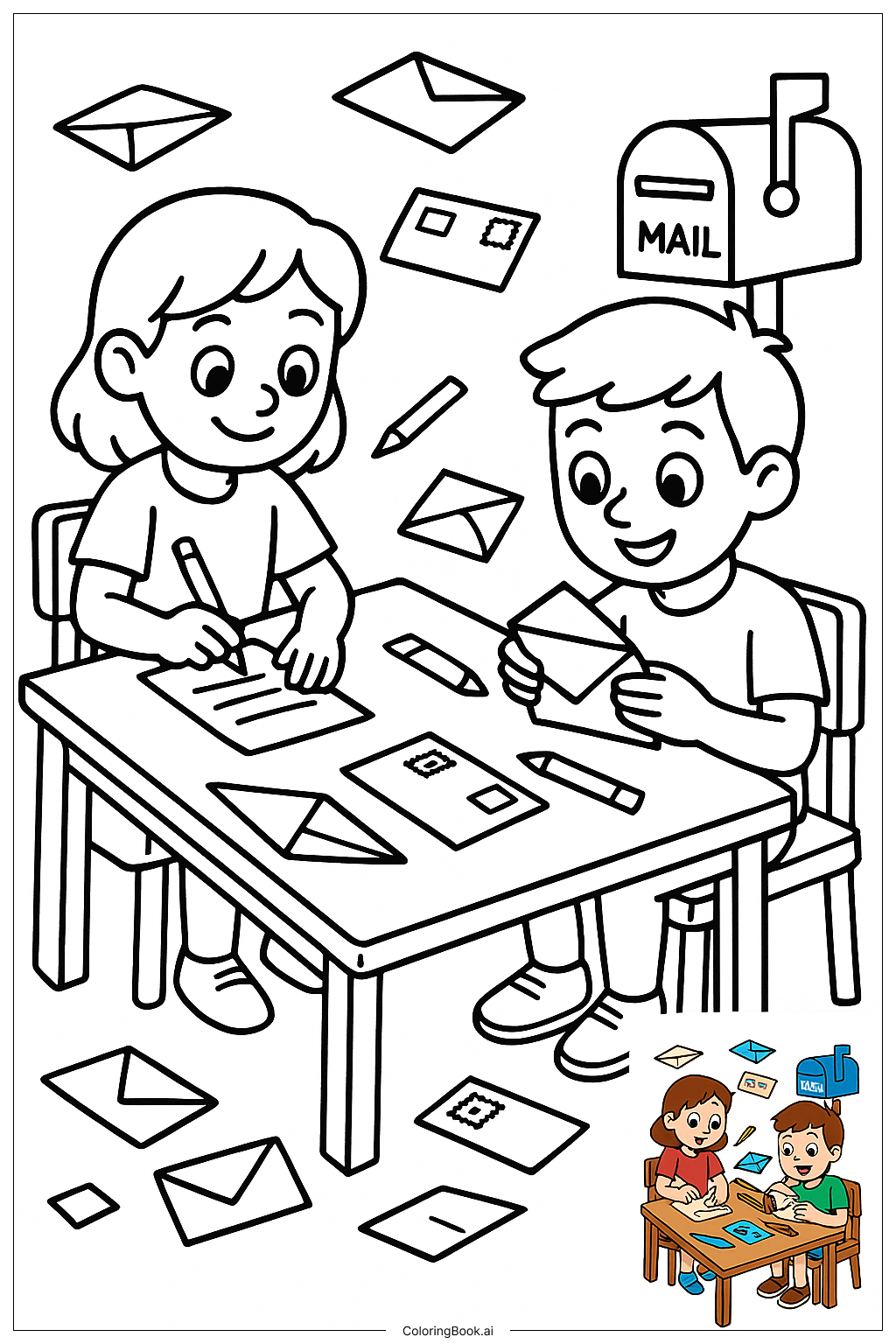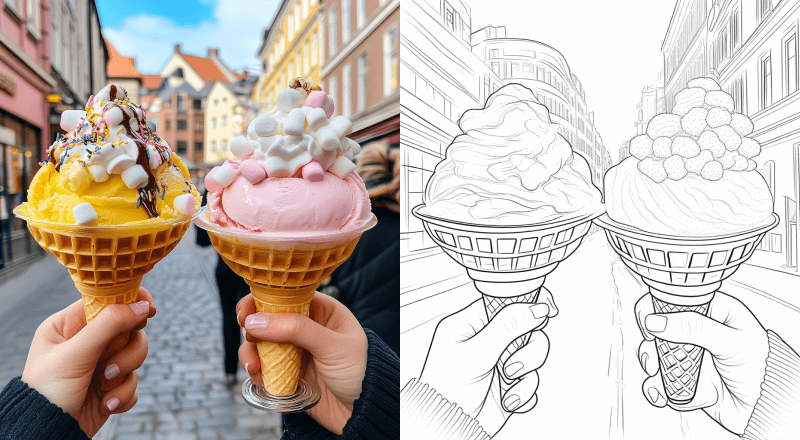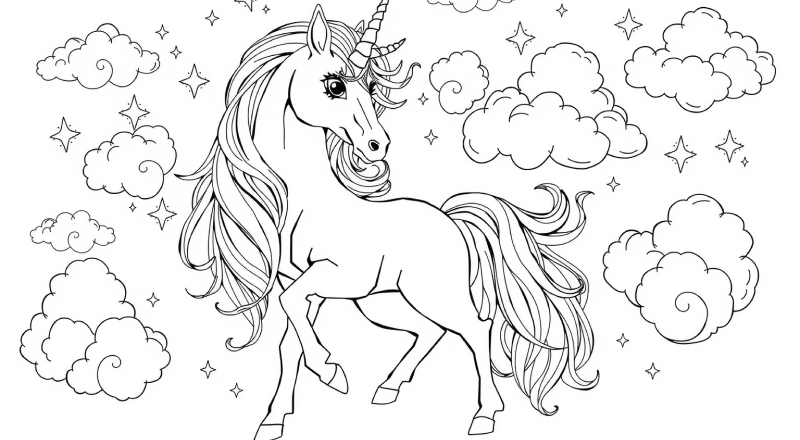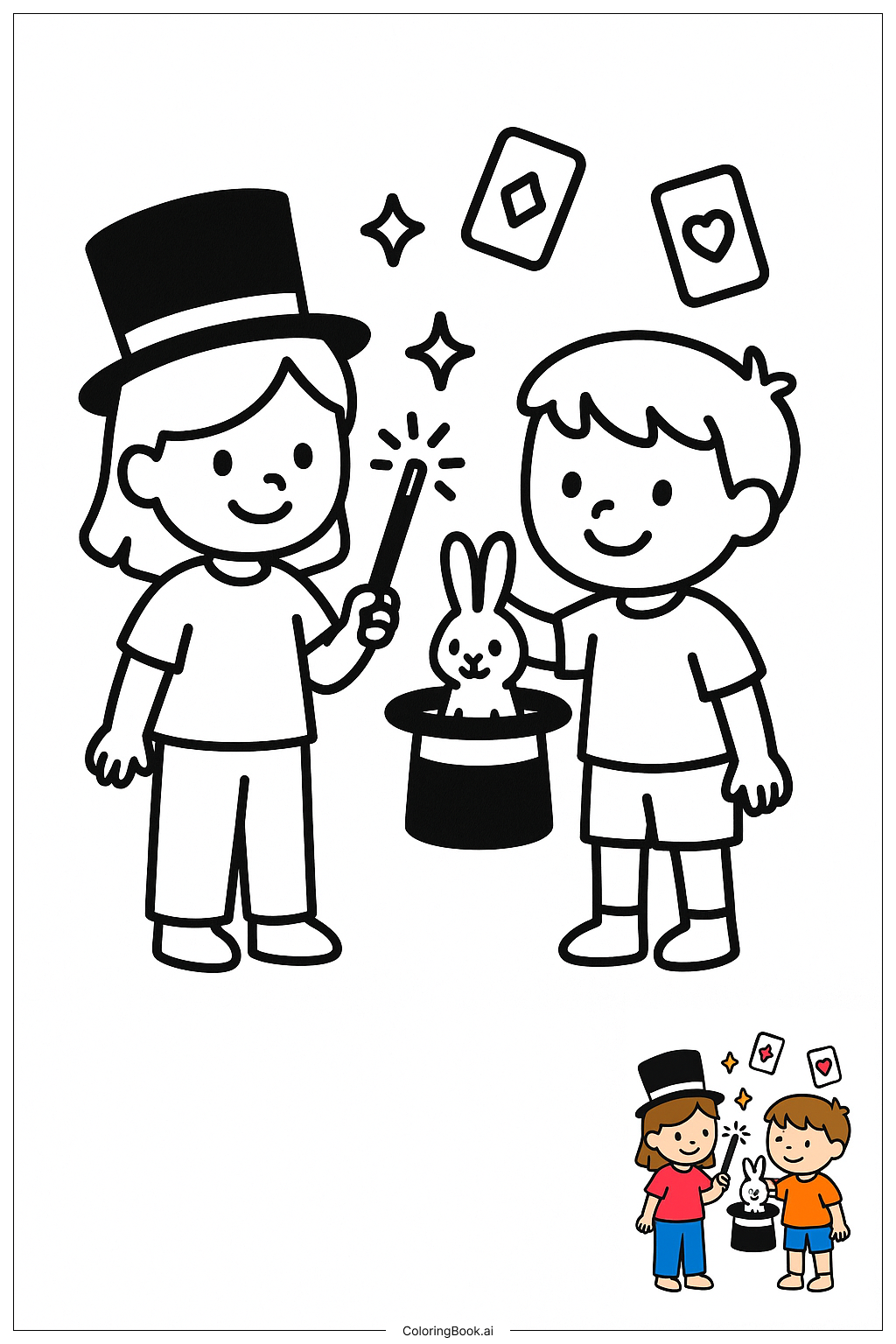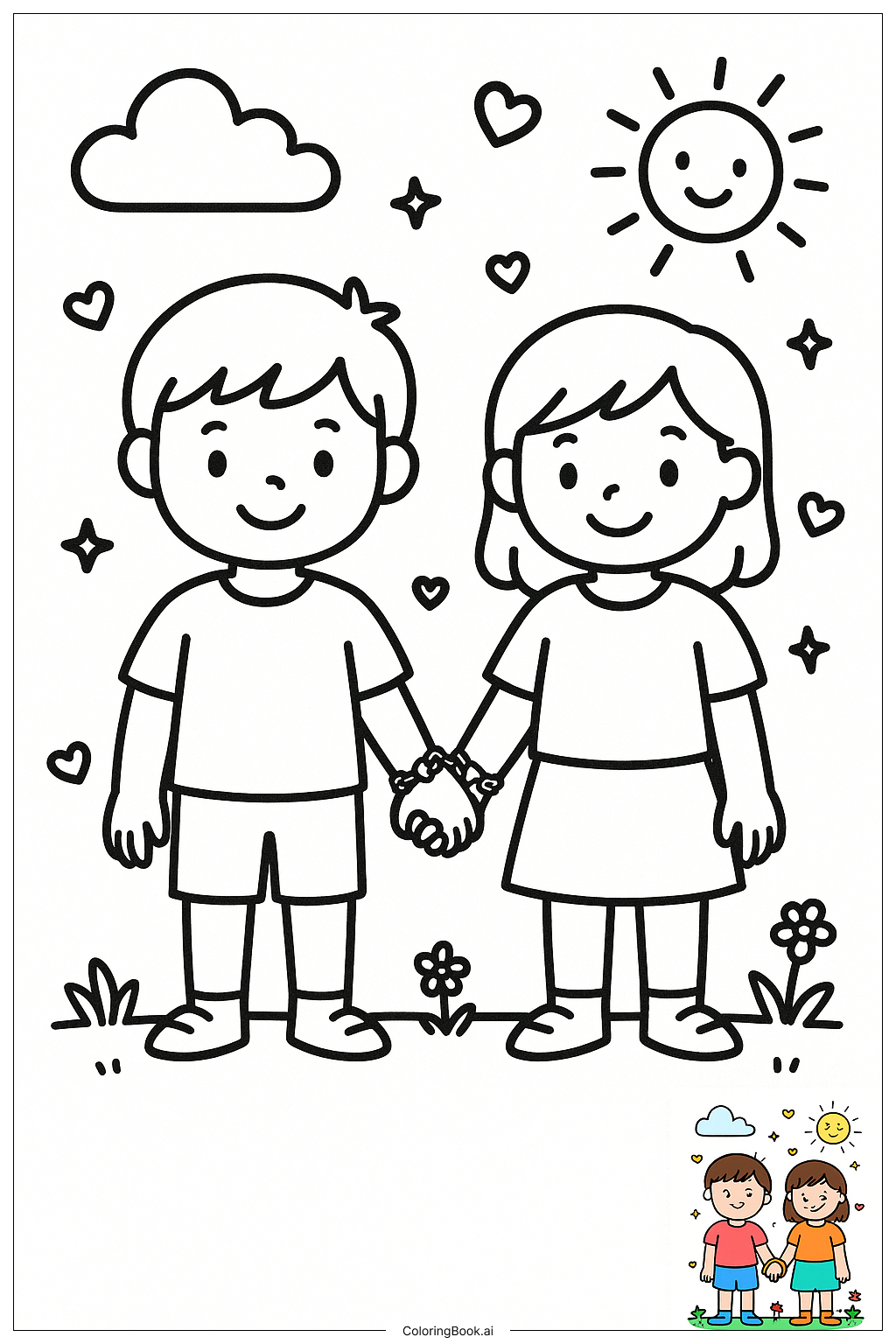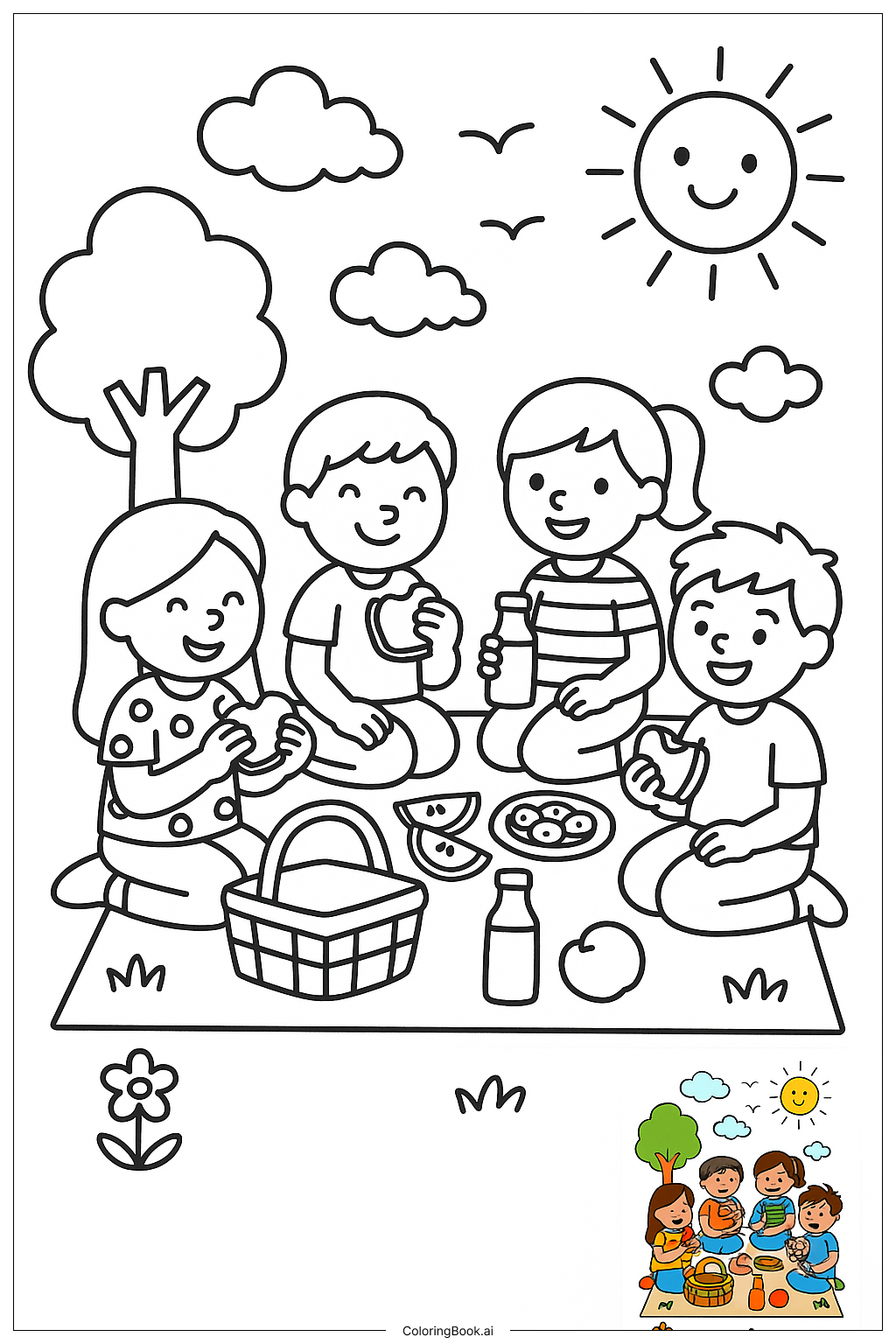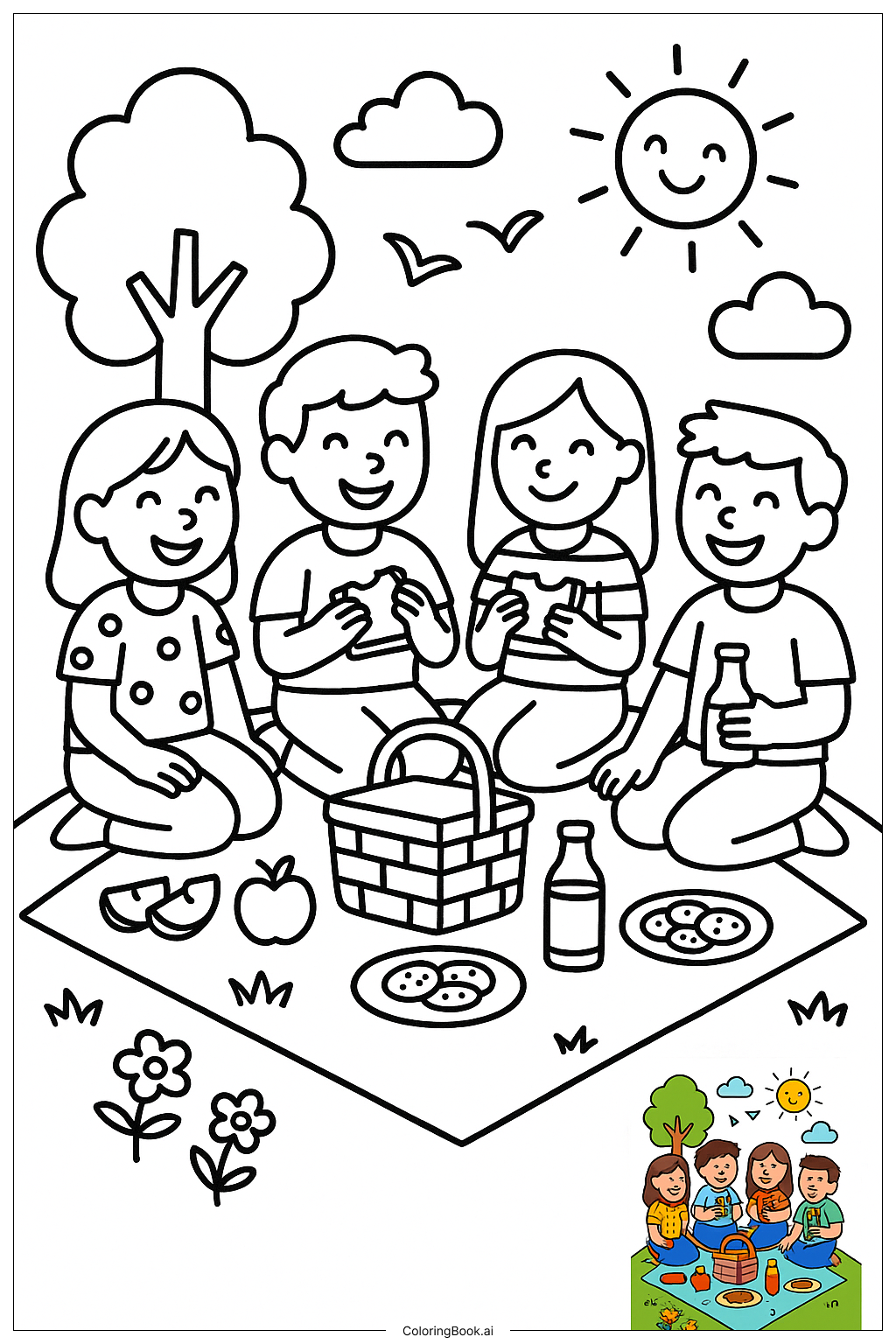Coloring tips: How to color Friends Writing Letters To Each Other coloring page well?
When coloring, think about using bright colors for the envelopes to make them pop. You could choose different colors for each envelope, like red, blue, and yellow. For the children's clothing, use colors that you like. Maybe the girl could wear a pink shirt and the boy a green one. Don't forget to color the table, you could use brown for the wood. You can also add colors to the mailbox—blue or red could be fun!
Coloring challenges: Which parts are difficult to color and need attention for Friends Writing Letters To Each Other coloring page?
1. Choosing Colors: Picking the right colors for the envelopes, pencils, and children's clothing can be tricky. It may be hard to decide which colors go best together. 2. Staying Within the Lines: For younger kids, staying within the lines while coloring can be a challenge. This requires focus and steady hands. 3. Adding Details: Coloring the small details, like the stamps and the paper textures, could take extra time and patience. Kids may feel the need to rush. 4. Blending Colors: If you want to blend colors, like for shading the table or clothes, it can be difficult to achieve a smooth look. Kids may need practice to get it right. 5. The Amount of Coloring: With many elements to color, kids might feel overwhelmed by how much they have to do. This could make it challenging to finish the page.
Benefits of coloring books: Advantages of drawing Friends Writing Letters To Each Other coloring page
Coloring this picture can be very fun and helpful! It encourages creativity as kids choose their colors and think of their designs. It helps improve fine motor skills, as they learn to control their coloring tools. This activity can also be calming and reduce stress. While coloring, children can practice focus and attention to detail, which is great for learning. Coloring letters and envelopes allows them to think about communication and friendships, making it a meaningful experience.
